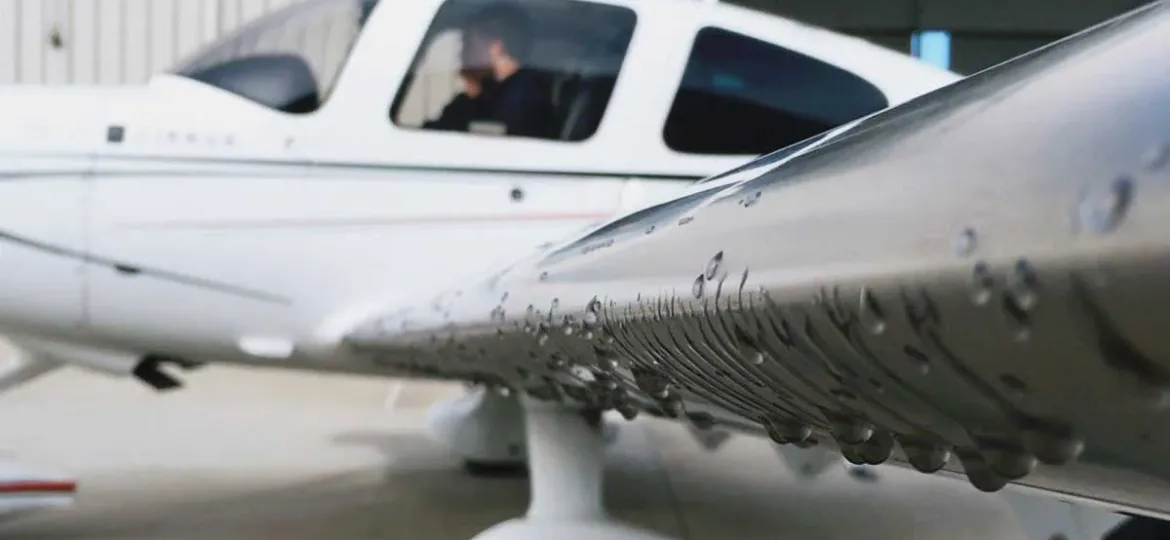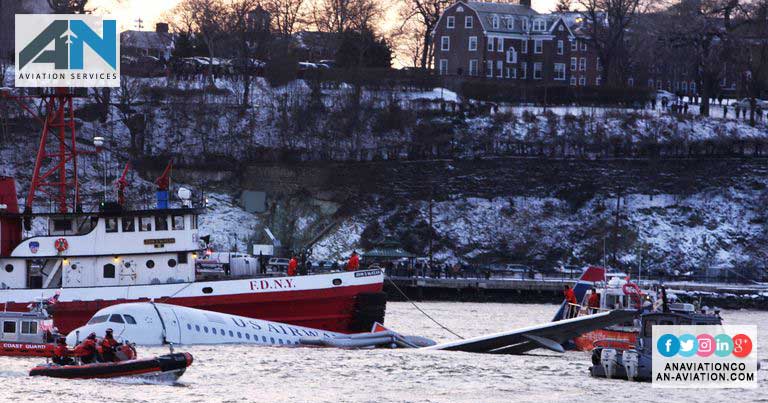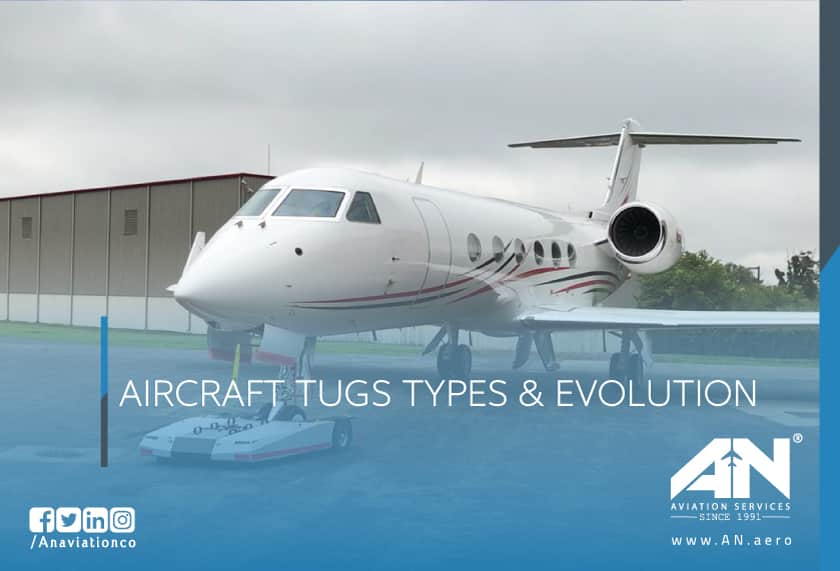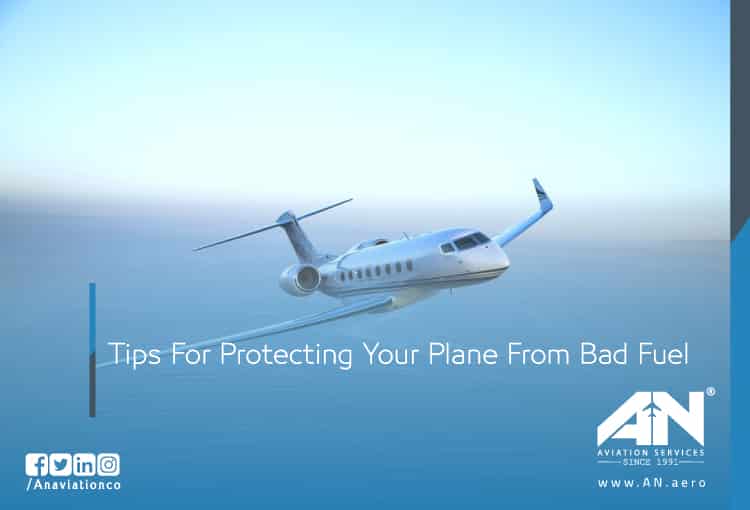
Flying through icing conditions presents one of the most significant challenges in aviation, requiring advanced technology and systems to ensure safety. When temperatures drop below freezing and moisture is present, ice can form on critical parts of an aircraft, including the leading edges, control surfaces, engine inlets, and tail surfaces. This ice accumulation can disrupt the aerodynamics of the plane, reduce lift, increase drag, and impair the function of essential systems, making it crucial to prevent the formation of ice or remove it quickly.
Modern airplanes are equipped with specialized ice protection systems designed to either prevent ice from forming (anti-ice systems) or remove it once it has accumulated (de-icing systems). This blog post dives into how these systems work, the technologies behind them, and why they are essential for ensuring safe flight operations, particularly during flight into known icing.
The Science Behind Aircraft Ice Accumulation
Ice forms on an aircraft when it flies through icing conditions, which typically occur in clouds containing super cooled water droplets or during precipitation in freezing temperatures. When these droplets come into contact with an aircraft’s cold surfaces, they freeze almost instantly, creating a layer of ice. This ice buildup is most likely to occur on parts of the aircraft that directly face the airflow, such as the wings’ leading edges, the nose, the engine inlets, and even critical instruments like the pitot tube.
Even a small amount of ice accumulation can have a significant impact on flight performance. For instance, ice on the wings can disrupt the smooth flow of air, reducing lift and potentially causing a loss of control. Similarly, ice on the tail surfaces or control systems can hinder maneuverability, making it difficult for the pilot to maintain the desired flight path. To counteract these risks, aircraft are fitted with ice protection systems that either prevent ice from forming in the first place or remove it effectively.
Anti-Icing Systems: Preventing Ice Formation
Anti-ice systems are designed to prevent the buildup of ice on critical aircraft components during flight. These systems work by heating the surfaces most prone to ice accumulation, ensuring that any super cooled water droplets evaporate before freezing can occur. There are several technologies commonly used in anti-ice systems, including thermal anti-icing and electrically heated components.
One of the most widespread methods is the use of bleed air systems. In these systems, hot compressed air is taken from the engines and directed to the leading edges of the wings, tail, and engine inlets. This hot air raises the temperature of the surface, preventing ice from forming. Thermal anti-icing systems are highly effective and are standard on many commercial and larger aircraft.
Another common method involves electrically heated components, which use electric heaters to warm specific areas prone to icing, such as the pitot tube and other sensors. These systems are particularly useful on smaller aircraft or for instruments where precise heating is required. Regardless of the method, the goal of anti-ice systems is to ensure that ice cannot form on the aircraft in the first place, allowing it to continue operating smoothly in icing conditions.
De-Icing Systems: Removing Ice Once It Forms
When ice has already built up on the aircraft, de-icing systems come into play to remove it. These systems are typically activated once the aircraft is airborne, although some de-icing procedures may also take place on the ground before takeoff.
One popular de-icing system involves the use of inflatable boots, known as de-ice boots, which are installed along the leading edges of the wings and tail. These boots periodically inflate and deflate, breaking up any accumulated ice and allowing the airflow to carry it away. This system is particularly common on smaller aircraft and is a reliable way to manage ice buildup during flight.
Another innovative technology is the weeping wing system, which uses small holes along the leading edge of the wing to release a de-icing fluid. This fluid spreads across the wing surface, lowering the freezing point of water and causing existing ice to melt. The weeping wing system is effective for aircraft that frequently operate in flight into known icing conditions, as it provides continuous protection against ice accumulation.
Protecting Specific Aircraft Components
Different parts of an aircraft require tailored solutions to address the unique challenges posed by icing. For instance, engine inlets often use thermal systems powered by bleed air to maintain their functionality. A buildup of ice in this area could disrupt airflow to the engines, leading to performance issues or even engine failure.
Similarly, critical instruments like the pitot tube rely on electrically heated systems to prevent icing. The pitot tube measures airspeed, and any blockage caused by ice can result in inaccurate readings, which could be dangerous during takeoff, landing, or other critical phases of flight.
The control surfaces and tail surfaces of the aircraft are also protected by a combination of anti-ice systems and de-icing systems. Ensuring these areas remain ice-free is vital for maintaining control of the aircraft and preventing aerodynamic instability.
Thermal Ice Protection: How Heat Keeps Ice at Bay
Thermal ice protection systems are at the heart of many aircraft’s ice protection systems. By using heat to raise the temperature of vulnerable surfaces, these systems can prevent the formation of ice or remove it effectively. The heat required can be generated in several ways, including bleed air systems or electric heaters.
In larger aircraft, thermal anti-icing systems powered by bleed air are often used to protect the wings and engine inlets. This method is efficient, as it repurposes hot air already generated by the engines, reducing the need for additional equipment. Smaller aircraft, on the other hand, may rely on electric heaters for specific areas like the windshields and sensors.
Regardless of the method, the ability to generate heat and distribute it effectively is a cornerstone of modern aircraft ice protection.
Regulations and Pilot Training in Icing Conditions
Flying in icing conditions requires not only advanced technology but also careful planning and execution by the flight crew. Pilots are trained extensively to recognize icing risks, operate ice protection systems, and respond to unexpected ice accumulation. Aircraft certified for flight into known icing are equipped with robust systems designed to handle even severe icing, but pilots must remain vigilant and ready to take action when conditions change.
Additionally, aviation regulations require that all ice protection systems undergo rigorous testing to ensure they meet safety standards. This testing involves simulating icing conditions in wind tunnels and during real-world flight scenarios to confirm that the systems can effectively prevent or remove ice.
Conclusion: Safeguarding Flights in Icy Skies
Aircraft ice protection is an essential part of modern aviation, ensuring that flights remain safe and reliable even in challenging icing conditions. From the thermal anti-icing systems that keep wings clear to the de-icing systems that remove ice mid-flight, these technologies are a testament to the ingenuity and engineering behind aviation safety.
By combining advanced systems like bleed air systems, electrically heated components, and innovative solutions like weeping wings, aircraft can safely navigate through icy skies. With rigorous training and strict regulations, pilots and engineers work together to ensure that ice accumulation is no longer a significant threat to flight safety. The next time you see an airplane soaring through a winter sky, remember the sophisticated systems at work, keeping both the aircraft and its passengers safe.
















